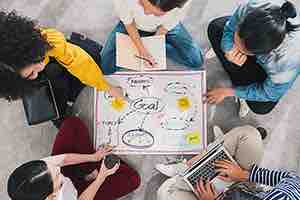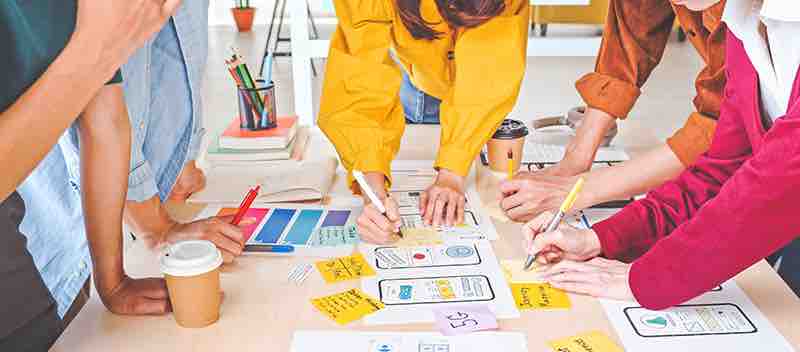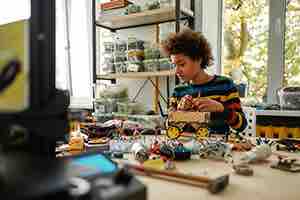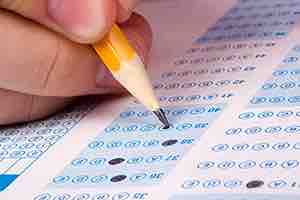The Investigation Web – Step by Step Guide
Learning to solve problems is the most important skill that students can learn in any setting. We face problems, big and small, simple and complex, clear and confusing every day in our lives. In this section we will focus on the process of solving those problems.
Your class is working on a project to ‘Improve a Local Park.’
- To help them start their project, you take your class on a field trip to observe a park (messing about).
- The class creates a survey to discover how their community feels about problems at the park (gathering data/research).
- Students discuss their observations and identify problems at the park that they want to help solve (wondering/brainstorming).
- In the class, the teacher has students share their observations and questions with classmates (sharing ideas and asking questions/brainstorming).
- Based on the feedback from the class, students refine their questions (receiving feedback, refining questions).
- Through reading and discussions, students learn about the purposes of government and responsibilities of citizens and civic leaders. They apply their learning to the problems they want to fix in the park (finding information/research).
- Students use technology to learn what different local government departments are responsible for and work collaboratively to present their ideas to the class (finding information/research).
- If students have difficulty with generating a driving question, finding topics that need to be researched or with appropriate resources, they can utilize our Project Topic Advisor GPT for help.
- Students write a proposal to improve the park based on their survey data and what they have discovered about civics and government, gaining key writing skills (inferring and designing).
- Students create and deliver a persuasive public presentation to the city councilmen, demonstrating how they can have an impact on their community (presenting ideas).
The process I have described above is called the ‘Investigation Web’ and can be broken down into the following steps:
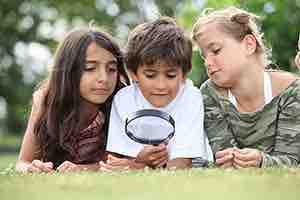
Observation/ Messing About
Exploring, making initial observations, manipulating objects, playing with materials

Presentation/ sharing the project
Talking to others, presenting your ideas, receiving feedback, listening to others
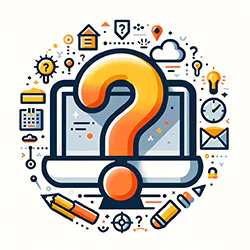
Project Topic Advisor GPT
A friendly guide for generating project topics, driving-questions and support materials.
